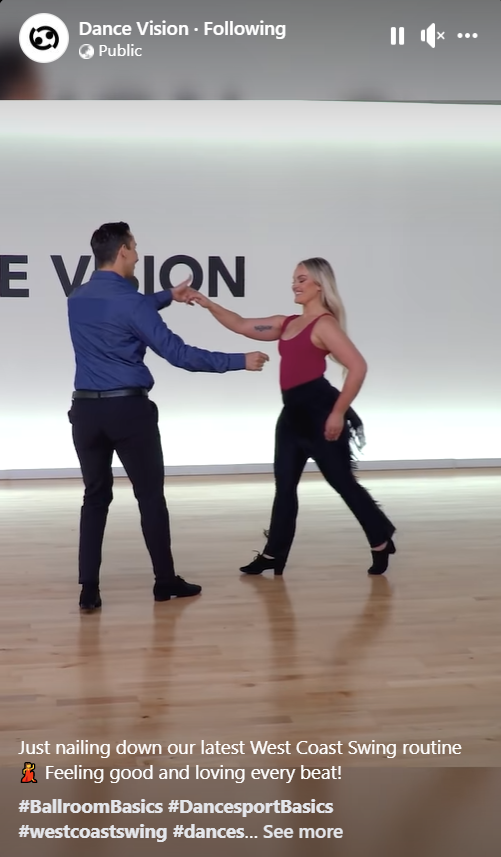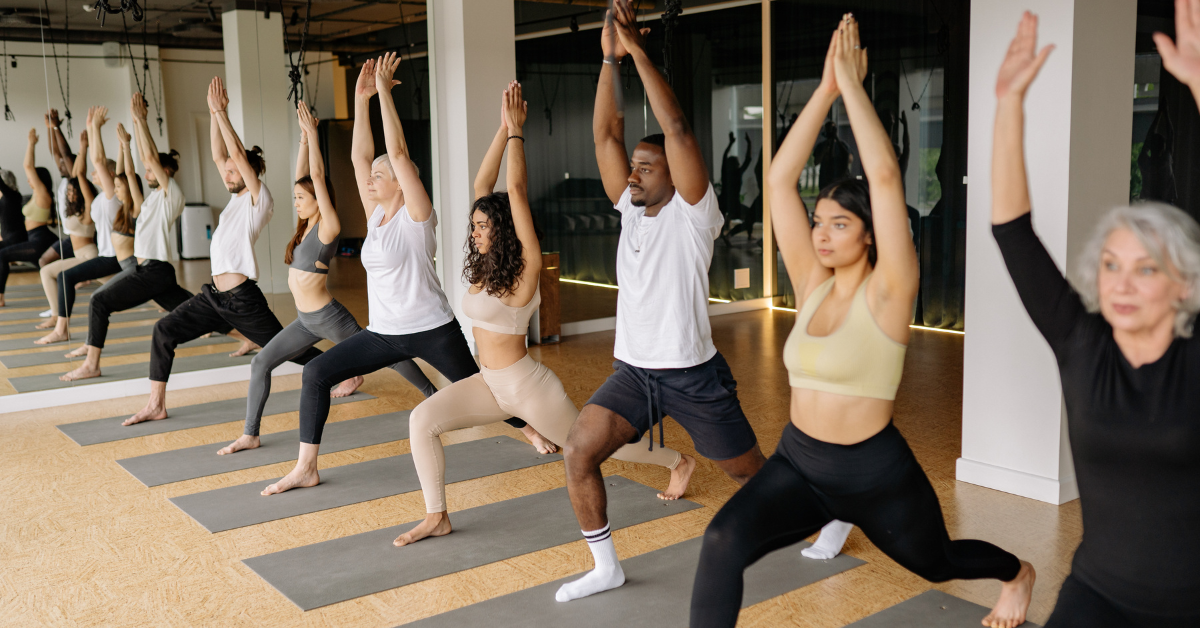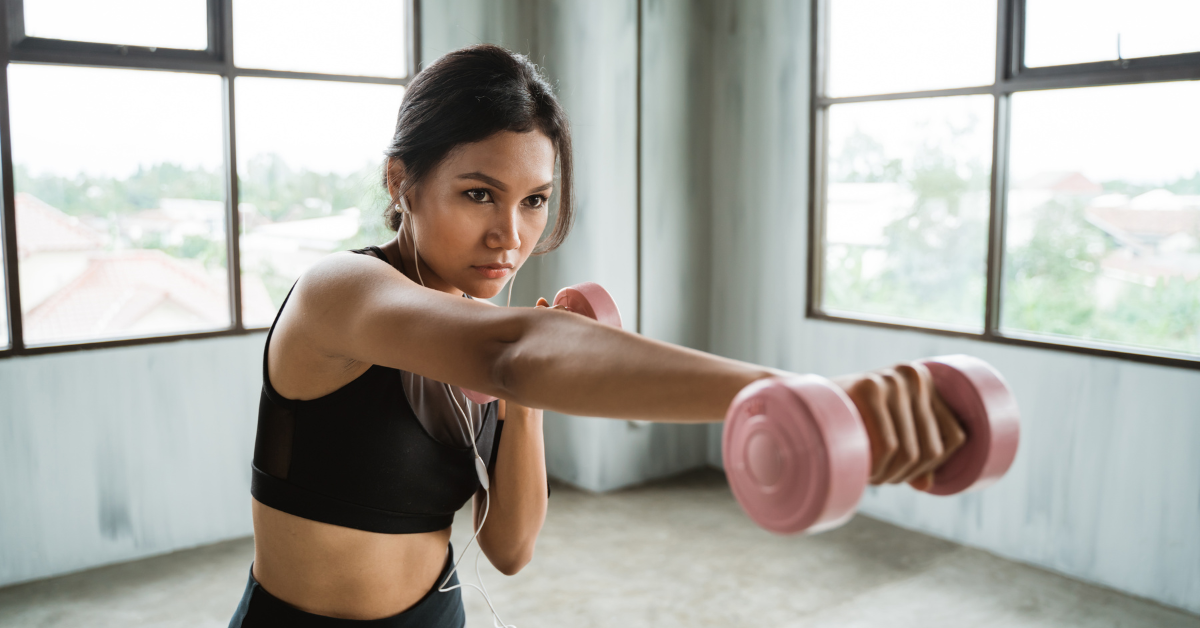Over the past few years, ballroom dance has been increasingly recognized as a sport. Not only is it physically and mentally intensive, but it also requires a high level of coordination and effort. Besides having to train regularly, dancers are also thrust into a competitive environment and are often pressured to perform well.
A recent study revealed the numerous physiological and emotional advantages of sports dancing such as improved cardiovascular health and decreased anxiety. Because of the physical benefits of dance, the study recommended that schools incorporate dance into physical education classes.
Dancers of all ages and stages should also consider strength and conditioning training as a key element for success to further boost the benefits of dancing.

The Basics of Strength & Conditioning
Strength and conditioning is a training technique that applies fundamental principles of sports science to enhance physical performance. It is grounded in scientific research that focuses on anatomy and exercise physiology. In fact, it benefits not only athletes but also everyone interested in improving
movement and mobility in everyday life.
As a training method, strength and conditioning encompass more than just lifting. It involves various exercises such as circuit training and weight training. If you take the right approach, strength and
conditioning won’t add excess muscle to your physique or negatively impact your flexibility. Instead, it will help you develop a wide range of skills, improve balance and your overall strength.
While it's possible to do strength training and conditioning exercises on your own, you can benefit more from a personalized training plan geared towards your sport. Whether you’re a novice dancer or a professional athlete, strength and conditioning specialists develop programs specific to your skill level and help you increase your overall performance as a dancer. When looking for a trainer or coach, it’s important to check if they are certified by the National Strength and Conditioning Association (NSCA). NSCA-certified specialists ensure that dancers of all levels meet their personal goals and improve their performance.
Prevents Injury
When practicing a certain dance style, you may train one muscle group more than another. Muscle imbalances and overuse can lead to torn ligaments and fatigue. For example, the repetitive movements of ballroom dancing can cause strain on the knees, feet, legs, and back.However, strengthening the muscles in these key areas may not be enough. Through cross-training and dynamic movements, other support muscles can also be trained to achieve overall body strength.
Strength and conditioning significantly reduce injuries by improving body alignment and preventing muscle imbalances. Injuries can hold back one’s progress, so injury prevention benefits both novice and professional dancers.

Improves Balance and Posture
Strength and conditioning specialists perform posture analysis as part of their initial assessment of their clients. Posture is crucial for dancers, so there are plenty of benefits to reap from an improved stance. This includes better overall bodily functions such as breathing and circulation, as well as better frame
and connection.
Exercise physiology professor Michael Rebold emphasizes the positive effects of high-intensity strength training. He notes that it increases blood flow, oxygen, and other nutrients throughout the body, including the brain.
Enhances Mobility and Flexibility
Strength and conditioning exercises take joints through their full range of motion and promote mobility and flexibility. These are especially important for dancers who need to incorporate fluid movements in their routines.
We featured a full-body warm up in our blog that highlights static and dynamic movements for the upper body, the spine and hips, and the legs and feet. The featured exercises such as squats, glute
stretches, and mountain climbers emphasize muscle lengthening and improve hamstring flexibility.
Boost Performance
An effective strength and conditioning program looks at long-term performance on top of immediate results. Certified specialists can measure and adapt to training results and identify critical areas for
improvement. Because strength and conditioning improve muscle strength, endurance, and efficiency, you will definitely see progress in your performance as a dancer. This type of training will make you feel stronger and more confident as you go through your dance routines.
Dancers of all ages or skill levels have much to gain from strength and conditioning. Whether you’re a new or experienced dancer, incorporating strength and conditioning principles in your training can significantly impact how you move and perform. And more importantly it can help with longevity, so you can do what you love for longer.






